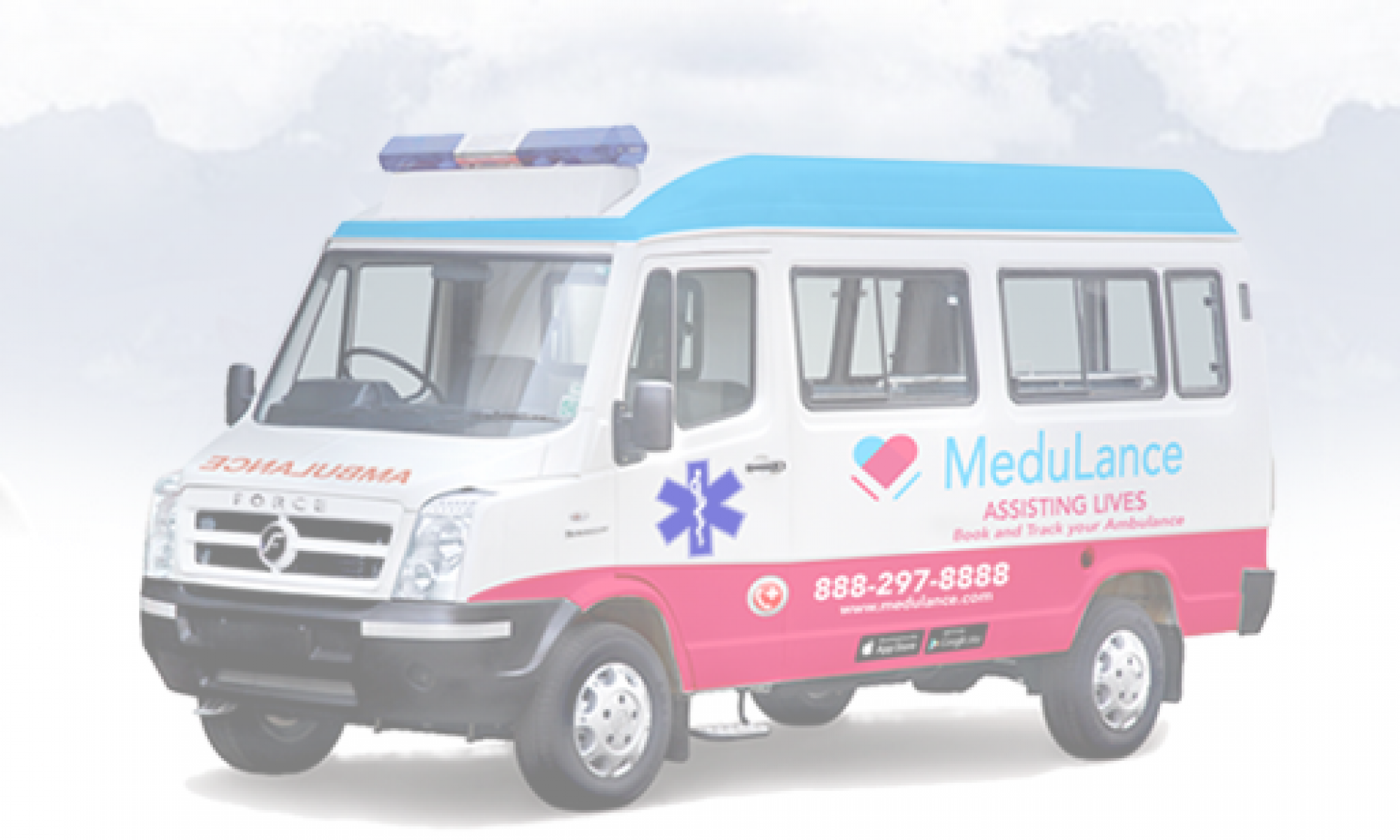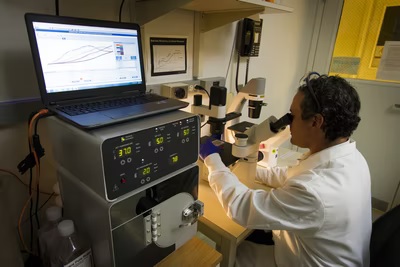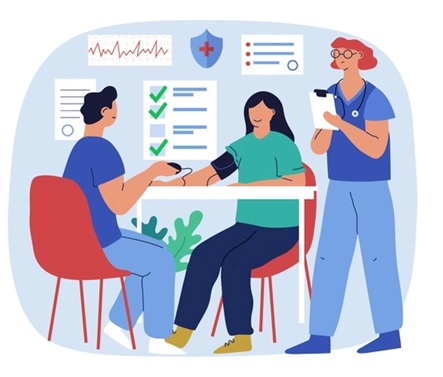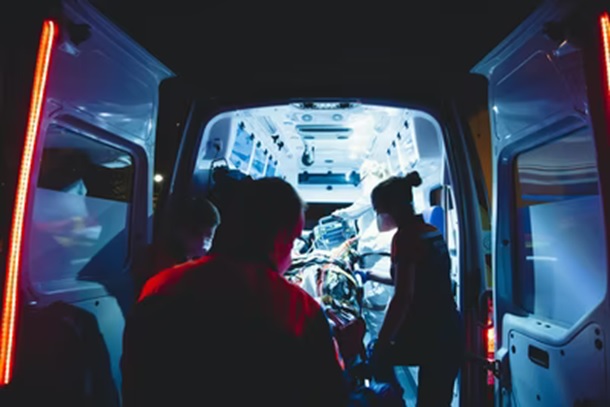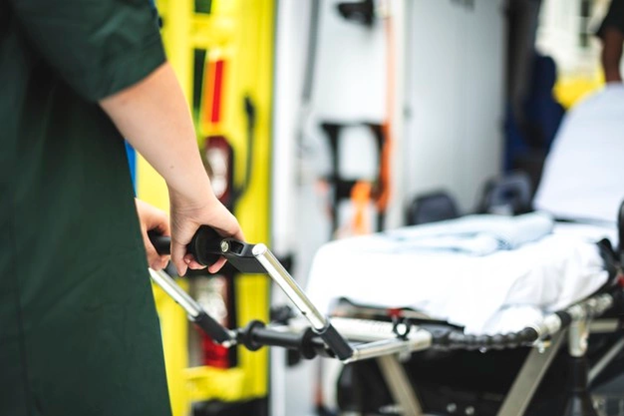The new found discussion around mental well-being in India is phenomenal progress. Finally, the time has come where mental health is given its due importance and the conversation around improving mental and emotional health has increased. Despite the fact that the majority of young people seem emotionally fit, one out of every four to five young people in the general population goes through a mental illness. Mental health covers all three degrees of well-being (psychological, emotional, and social) and is a continuum. That is why it becomes crucial to take care of it to ensure other aspects of life are in order.

Good Mental Health is Determined by the Ability to
- Manage negative emotion as and when it arises
- Have a more rational outlook towards situations
- Navigate through complex scenarios in life
- Adapt to change
- Develop emotional skills that help navigate life with ease and doesn’t let one move into emotional disdain
Factors that put us at risk for mental ill-health
- Genetic Factors: Families with a history of mental health disorders tend to pass it on to the next generation
- Abusive or toxic home environment
- Childhood abuse, trauma or ill-treatment
- Parent-Child conflict leading to abandonment
- Social shame caused by incidents in school or elsewhere
- Substance Use
- Continuous stressful life events
The list above is not exhaustive and numerous other factors like Peer Rejection, Community-level rejection, poor academic performance and many more can contribute to the deterioration of mental well-being.
Social School Neighborhood and Community

Human beings, like any other animal, live in communities. These communities are not only important to them, but their approval can be paramount to some people. In case of rejection from the community, a deep sense of loss can set in the mind of a person ultimately affecting their mental wellness.
Some of such instances may include:
- Experience of guilt, shame or stigmatization at the community level
- Bad Academic performance
- Peer rejection
- Accidental embarrassing situations
- Stress life events
Factors That Protect us From Mental Ill-Health
Biological, psychological and social factors hand in hand can help in setting up good mental health and wellness. These are:
- Good physical development
- Healthy home environment
- Supportive and harmonious per environment
- Proper nourishment and a good learning environment
- Good coping skills coming from good parenting and a nearby environment
- Social acceptance
- An applause of good performance and constructive feedback for others
- Support from family and mentors
- Instilling of values with rationalism
What Can be Done to Support Them?
Just like one needs medical and emotional support for other illness, people with mental illness requires professional health and support for them to cope and become healthier:
- Educating young people about mental and emotional health
- Teaching emotional coping skills at the school level
- Being more empathetic towards people in general
- Medical and therapy support via psychiatrists and psychologists
- Developing a healthy home environment
- Instilling a rational way of living
- Developing a positive school environment
- Train school teachers and peers to become more aware and empathetic
- Encourage scientific thinking
Some things that can be done to support young people dealing with mental ill-health
In accordance with developing more empathy, making ourselves aware and educating the people nearby about mental wellness, we can pave the way for a better future on the ground level. It’s also essential that mental health education is imparted across schools and universities which ensures that students learn the essential coping skills in their early years. At the same time, spreading awareness regarding mental illness and mental wellness through campaigns and programmes that educate parents, communities and masses, in general, can slowly help in removing the stigma against mental illness from its very roots.
In a world where children and adolescents make up as much as half of the population, it’s critical to keep mental health in mind while we recover, rebuild, and build a brighter future. It is about time for our young people’s mental health and well-being to no longer be overlooked or underfunded. If positive efforts are made today to support the next generation in a more interdependent society, everyone’s future will be brighter.
We wish for your mental wellness and continue our work on the national level to improve mental health and wellness awareness. If you ever fall in a situation where you need emergency ambulance assistance, remember we are just a call away.
